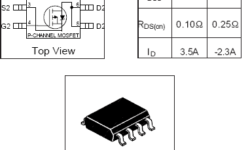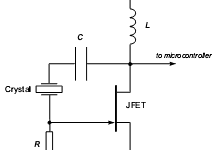PCB Exposure using UV light LED box

I came across this interesting project. The guy decided to make a UV PCB exposure box made of UV light LEDs. The main reason why he used LED was the power dissipation and compactness. Assuming that one UV tube would take about 6W while one UV LED would take about (20mAx3.2V=64mW). Most of that energy UV tubes dissipate as heat energy. So he took: 54 x UV LEDs of 400nm (6000 – 7000 mcd) – 100 units in Ebay costed 12€;18 x 68ohms resistors 1/4W – 0,36 €;1 connector – 0.50€;1 electrolytic condenser of 2200uF – 30v;1 Eurocard Plate 100×160 about 5 € ;














